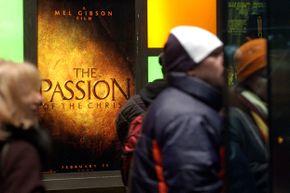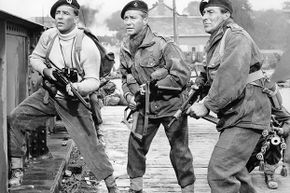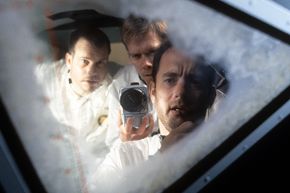It's been said that depicting history with objectivity is like nailing jelly to a wall [source: Novick]. Every historical account must inevitably cut out some details. Even documentaries and history books can dangerously misrepresent history or portray a bias by emphasizing select facts and leaving out others.
But historical movies must go further — they imagine events or dialogue that didn't happen (when the truth is unknown) or that summarize what happened (when the truth would take too long to depict). When done well, historical movies can be poignant, immersive experiences that accurately capture what it was like to witness historical events. And that is something history books can't do.
Advertisement
In one sense, it's unfair to expect Hollywood to make a compelling two-hour film that perfectly portrays a particular historical event, person or time period — and makes money to boot. Art is inherently fictional and can never recreate the past perfectly. Viewers should never assume that a movie is historically accurate or inaccurate, but rather should judge a movie as a piece of art that hopefully also inspires us to look up the historical record.
Let's examine 10 major films that succeed as pieces of art and don't fail completely as pieces of history.










